Paprika's Best Friends: A Fun & Flavorful Guide to Substituting the Spicy Star
Table of Contents
Introduction: What is Paprika?
Paprika, a vibrant red powder made from dried and ground peppers, is one of the most versatile spices in the kitchen. It adds color, mild heat, and a slightly sweet or smoky flavor depending on its variety. Whether you're making Spanish chorizo, Hungarian goulash, or even a simple roasted vegetable dish, paprika is a must-have.
But what do you do when you run out of paprika? Or if you're not a fan of its flavor? The answer lies in knowing which spices can be used as substitutes. In this article, we'll explore some of the best alternatives to paprika and how to use them effectively in your cooking.

Top 5 Spices That Can Replace Paprika
There are several spices that can be used as a substitute for paprika, depending on the flavor profile you're aiming for. Here are five of the most common and effective ones:
- Cayenne Pepper
- Smoked Paprika
- Chili Powder
- Ground Cumin
- Caraway Seeds
Cayenne Pepper
If you're looking for a spicy alternative to paprika, cayenne pepper is an excellent choice. It has a similar heat level but lacks the sweetness and smokiness of paprika. Cayenne is great for adding a kick to dishes like chili, tacos, or hot sauces.
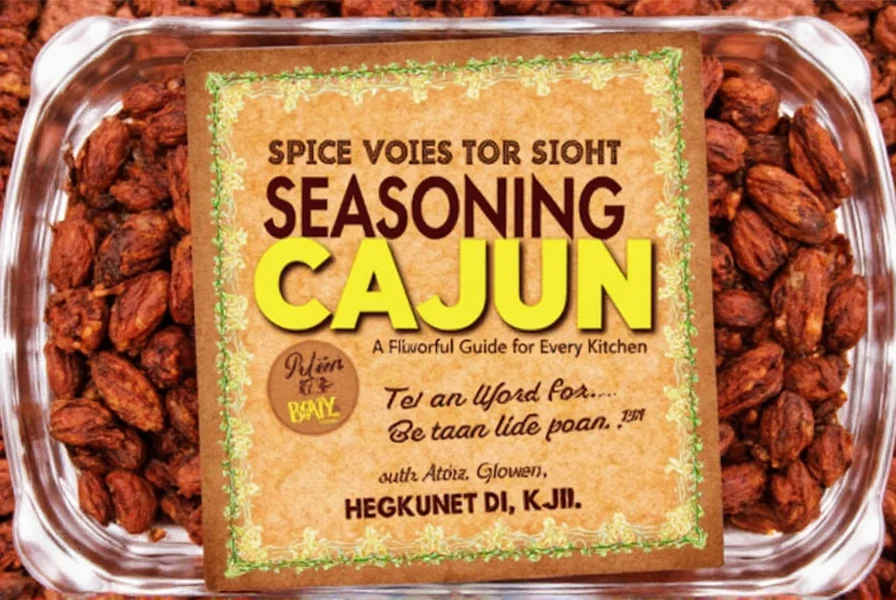
Smoked Paprika
Smoked paprika is actually a type of paprika, but it’s often used as a substitute when you want a smoky depth without the heat. This is especially useful in recipes that require a smoky flavor, such as grilled meats or barbecue sauces.

Chili Powder
Chili powder is a blend of spices that includes paprika, cumin, garlic powder, and other seasonings. It can be used as a direct substitute for paprika, especially in Mexican or Southwestern dishes. However, keep in mind that it may have a more complex flavor than plain paprika.
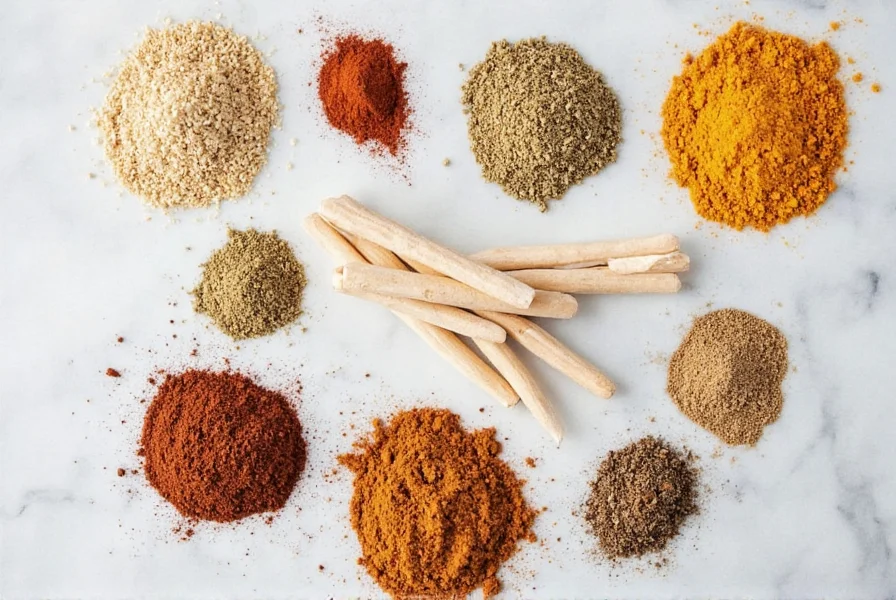
Ground Cumin
While not a direct substitute for paprika, ground cumin can be used in small amounts to add warmth and earthiness to dishes. It works well in Middle Eastern or Indian-inspired recipes where a milder, nutty flavor is desired.
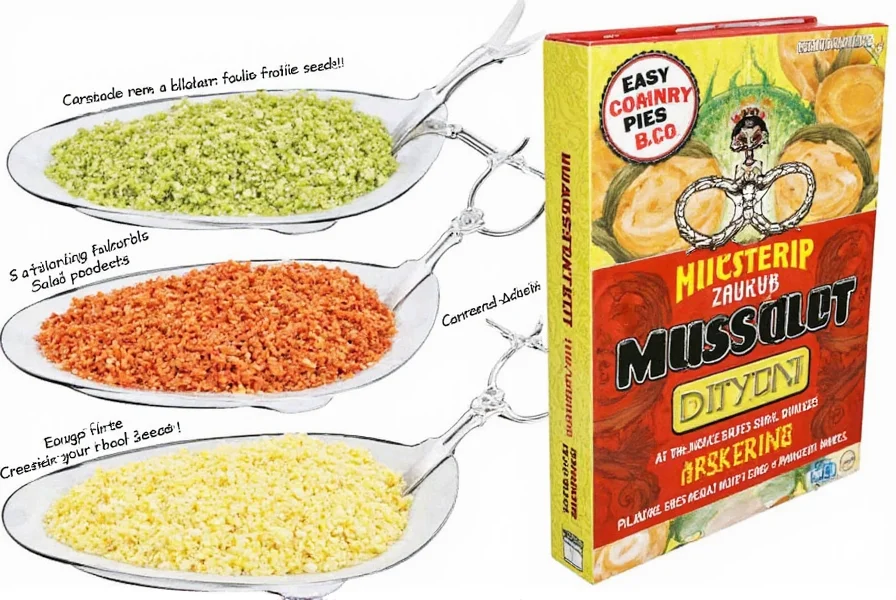
Caraway Seeds
Caraway seeds offer a distinct, slightly sweet and peppery flavor that can mimic the subtle notes of paprika. They are commonly used in European cuisines, particularly in sausages and breads. Use them sparingly, as their flavor can be quite strong.
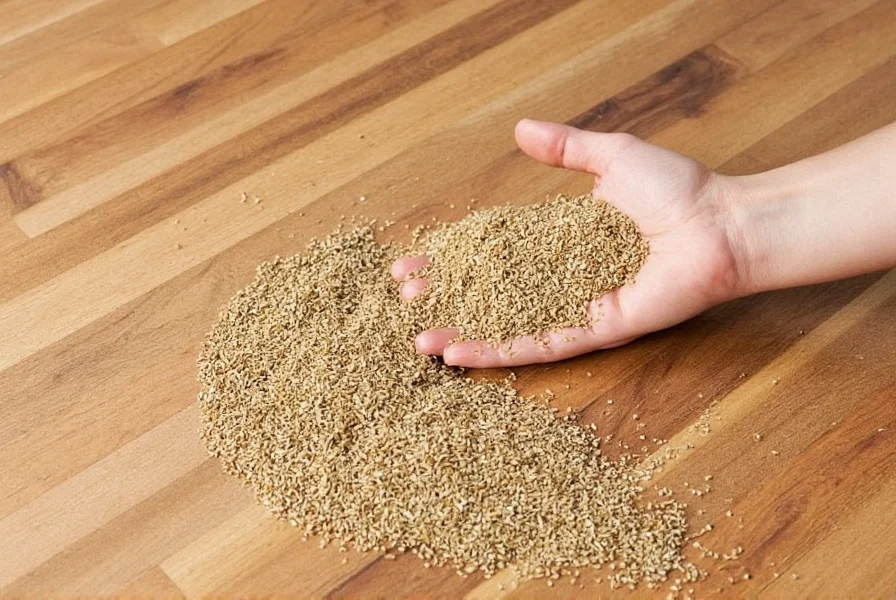
How to Use These Substitutes in Your Cooking
Now that you know the top substitutes for paprika, let’s talk about how to use them effectively. The key is to understand the flavor profile of each spice and how it will affect your dish.
For Heat: If you want to maintain the spiciness of paprika, go with cayenne pepper or chili powder. Start with a small amount and adjust to taste.
For Smokiness: Smoked paprika is the obvious choice here. It adds a deep, smoky flavor that paprika doesn’t always provide.
For Depth and Warmth: Ground cumin or caraway seeds can add a warm, earthy note to your dish. Use these in moderation to avoid overpowering the other flavors.
Remember, substitution is all about balance. Don’t be afraid to experiment with different combinations to find the perfect match for your recipe.
Buying Guide: Choosing the Right Substitute
When shopping for a substitute for paprika, it’s important to consider the quality, origin, and intended use of the spice. Here’s a quick guide to help you choose the right one:
Cayenne Pepper
Features: High heat, no sweetness, intense flavor.
Advantages: Adds a bold, spicy kick to any dish.
Use Cases: Chili, tacos, hot sauces, spicy marinades.
Target Audience: Those who love spicy food.
Suitable Occasions: Summer BBQs, holiday meals, casual dinners.
Smoked Paprika
Features: Smoky, slightly sweet, low heat.
Advantages: Adds a rich, smoky depth to dishes.
Use Cases: Grilled meats, stews, barbecue sauces, soups.
Target Audience: Fans of smoked and grilled foods.
Suitable Occasions: Barbecue gatherings, family dinners, special events.
Chili Powder
Features: Blend of spices including paprika, cumin, garlic, and oregano.
Advantages: Adds complexity and a range of flavors.
Use Cases: Mexican, Southwestern, and Tex-Mex dishes.
Target Audience: Enthusiasts of Mexican cuisine.
Suitable Occasions: Cinco de Mayo, taco nights, themed dinners.
Ground Cumin
Features: Earthy, nutty, and warm.
Advantages: Adds a rich, savory note to dishes.
Use Cases: Middle Eastern, Indian, and Mediterranean recipes.
Target Audience: Those who enjoy earthy, aromatic flavors.
Suitable Occasions: Holiday feasts, dinner parties, casual lunches.
Caraway Seeds
Features: Slightly sweet, peppery, and herbal.
Advantages: Adds a unique, aromatic depth.
Use Cases: Sausages, breads, and European-style dishes.
Target Audience: Foodies who love bold, distinctive flavors.
Suitable Occasions: Traditional festivals, seasonal celebrations, gourmet cooking.
When purchasing any of these spices, look for high-quality products that are fresh and properly stored. Avoid buying large quantities unless you plan to use them frequently, as spices can lose potency over time.
Conclusion: Spice Up Your Life with Confidence
Knowing what spice can you substitute for paprika opens up a world of culinary possibilities. Whether you’re looking for extra heat, a smoky twist, or a warm, earthy note, there’s a perfect substitute for every dish and occasion.
So next time you reach for paprika, remember that you have options. Experiment, play around with flavors, and don’t be afraid to step outside your comfort zone. After all, the best recipes are those that surprise and delight the palate.
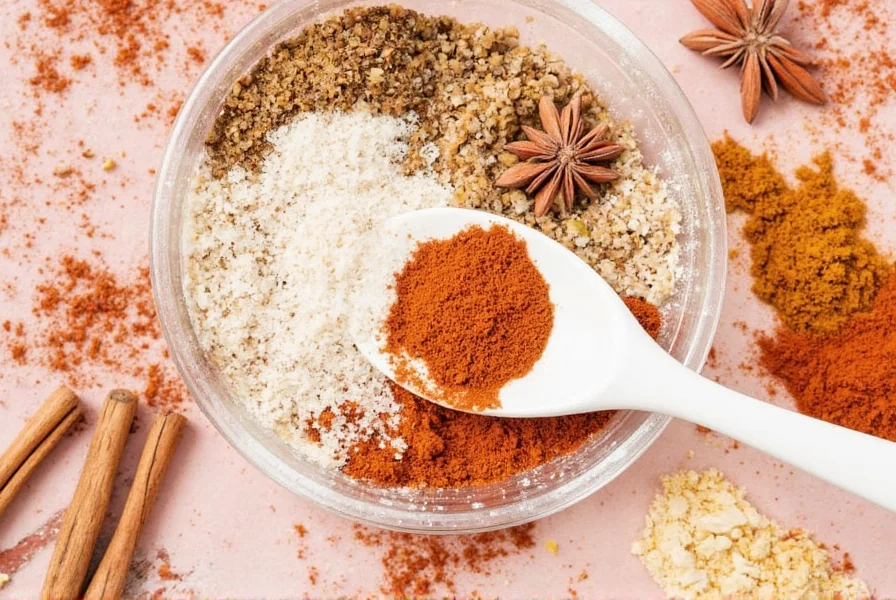
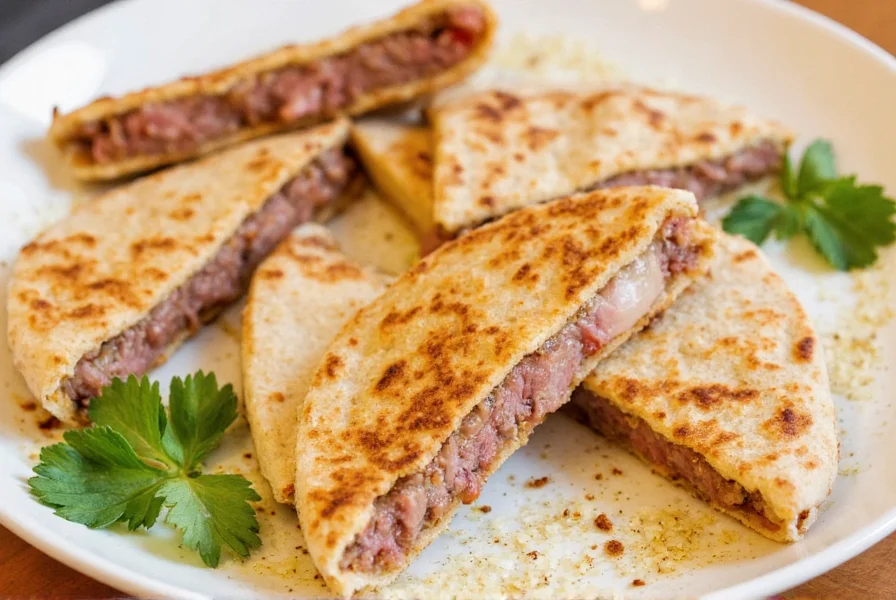
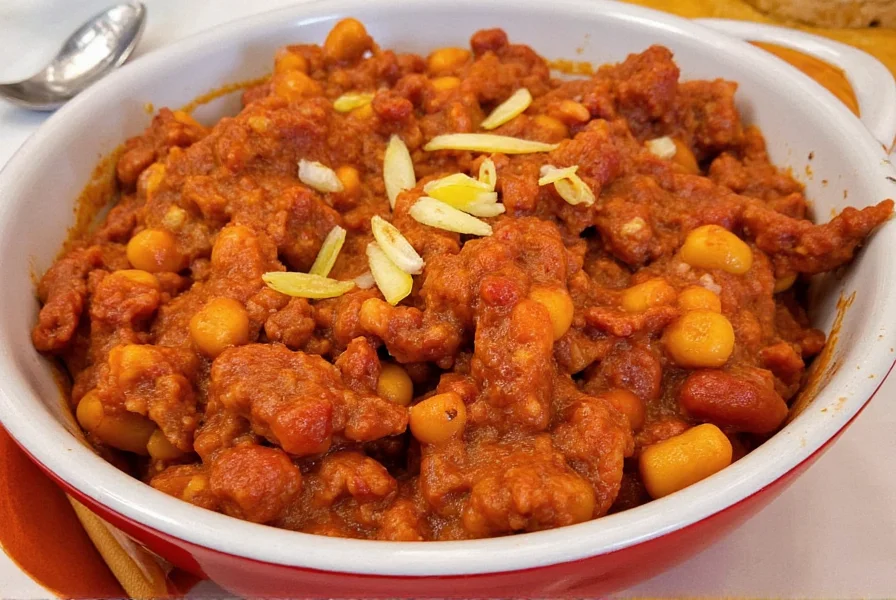

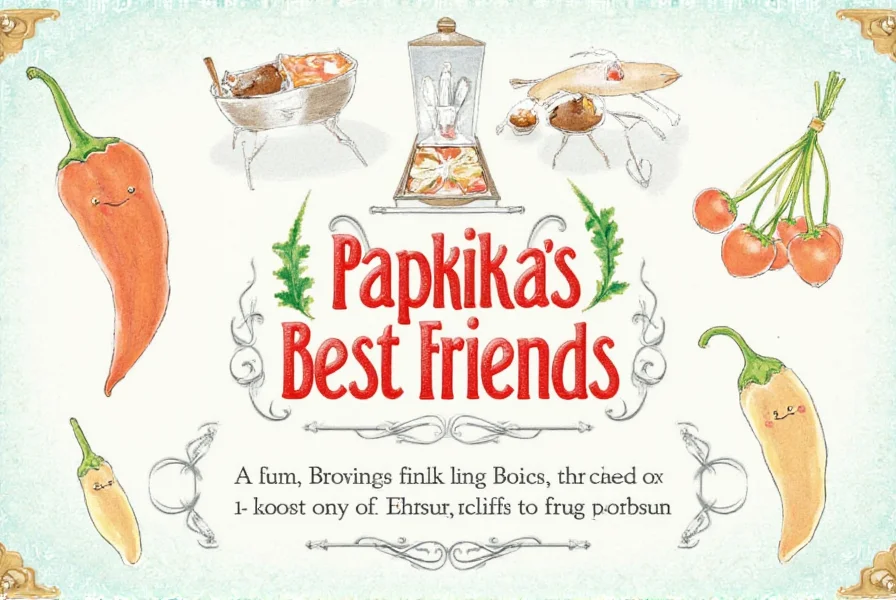











 浙公网安备
33010002000092号
浙公网安备
33010002000092号 浙B2-20120091-4
浙B2-20120091-4